
Anne Teresa De Keersmaeker / Rosas - Rain
Venue:
Shanghai International Dance Center Grand Theater
1650 Hongqiao Road Changning Shanghai
Date:
5/4/2019 - 5/5/2019
This ticket is only available as a paper ticket
After you have joined the waiting list, you will be notified if tickets become available via SMS.

Anne Teresa De Keersmaeker / Rosas - Rain
5/4/2019 - 5/5/2019
Shanghai International Dance Center Grand Theater
1650 Hongqiao Road Changning Shanghai
¥80 - ¥880
Paper ticket
Event details
Scan to join 247 Community Groups for chat, info and more!


- Receive Tickets via Express Delivery
- Show Lasts 70 mins
"Simply to watch the collective patterns set in motion by the dancers is entrancing" - THE GUARDIAN
A Long-lasting Masterpiece of Rosas
Super Luxurious Creative Team
Stunning Performance at Paris Opera and Edinburgh Festival
First time in China, only one stop in Shanghai
Super Luxurious Creative Team
Stunning Performance at Paris Opera and Edinburgh Festival
First time in China, only one stop in Shanghai
Here comes the rain again.
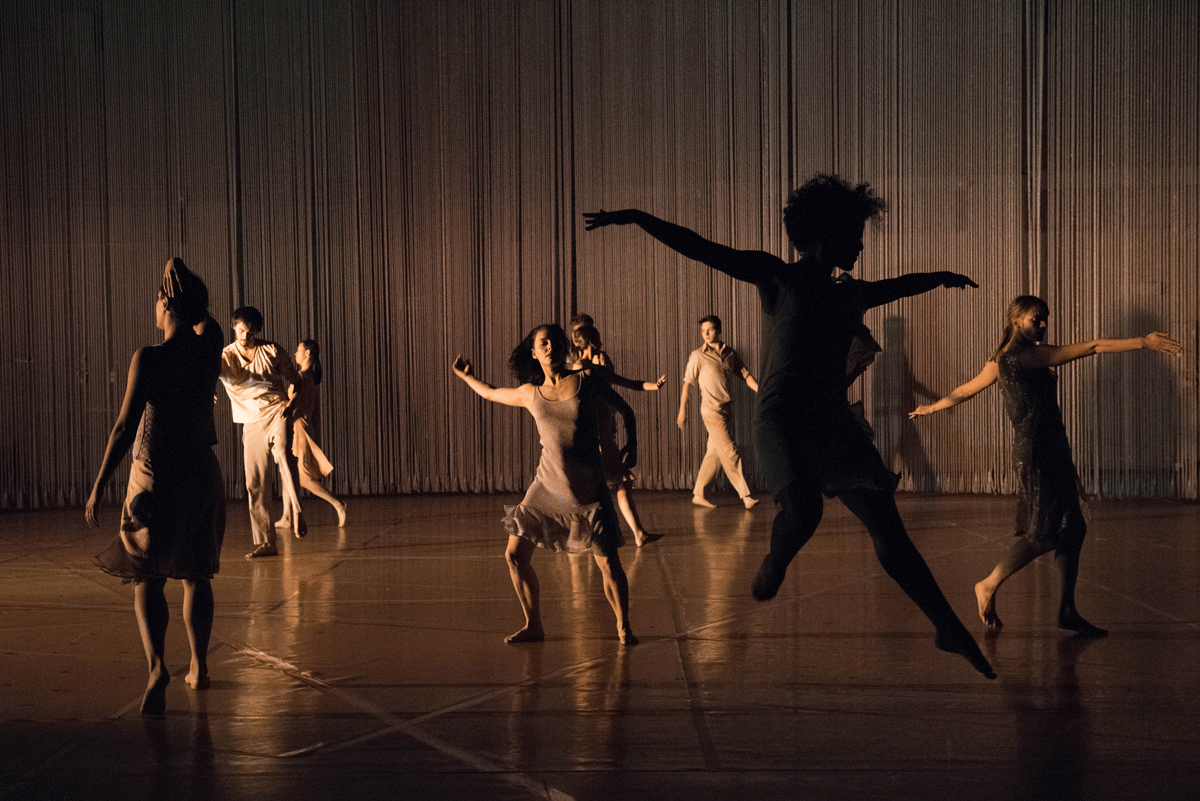
Introduction
De Keersmaeker came to speak afterwards of this creation as a "sudden harvest" - one of those rare moments when one becomes truly oneself, almost without thinking about it - courage and joy being suddenly one and the same.
Here we witness the surrender of ten dancers to an irrepressible collective energy that binds each one of them to each other, the birth of a community that never becomes a mass, but rather a bubbling network that shares its breath, speed, and that strange camaraderie that appears only beyond the limits of exhaustion.
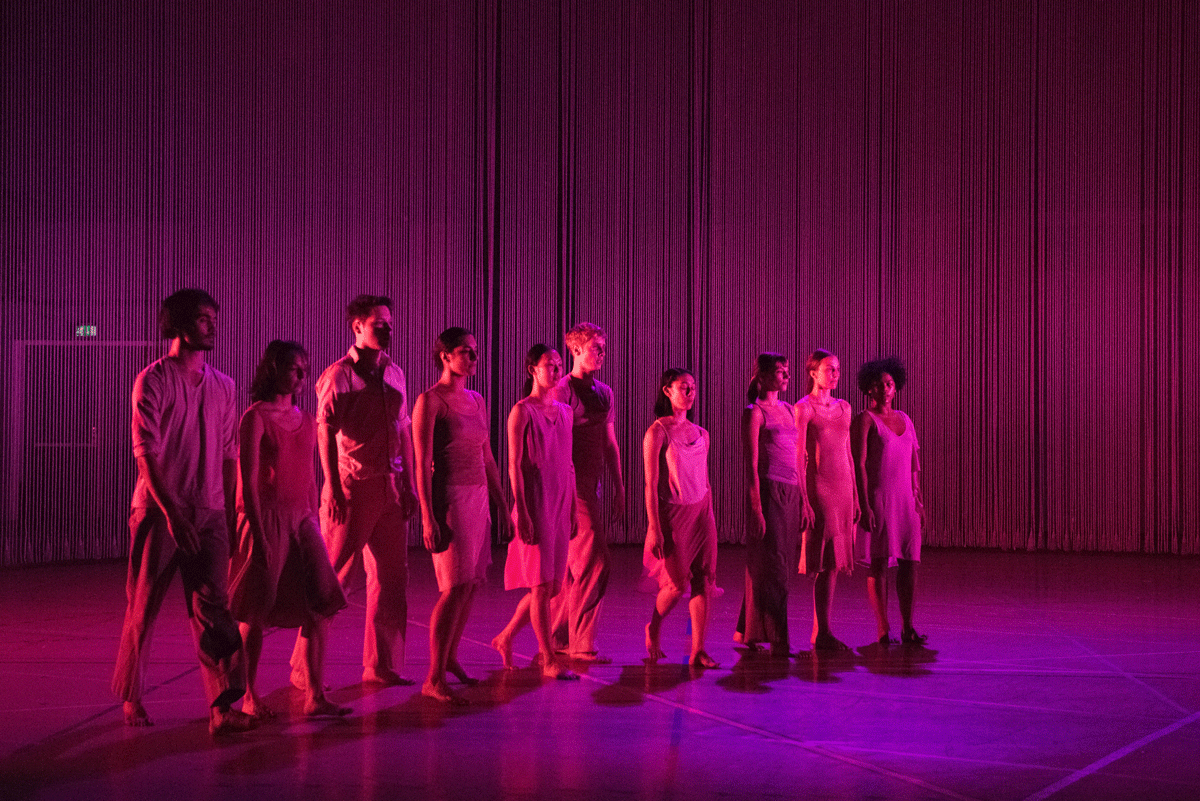
Developed counterpoint between music and dance
Written in 1976 by New York-born composer Steve Reich, Music for 18 Musicians unfolded this scintillating music with rapid, driving pulse and voluptuous harmonies, dominated by liquid and ethereal wave figures - long instrumental pulses stabilized by the rhythm of human breath. It was this score that Anne Teresa De Keersmaeker selected in 2001 for the choreography of Rain, which to this day continues to be one of her greatest successes.
Written in 1976 by New York-born composer Steve Reich, Music for 18 Musicians unfolded this scintillating music with rapid, driving pulse and voluptuous harmonies, dominated by liquid and ethereal wave figures - long instrumental pulses stabilized by the rhythm of human breath. It was this score that Anne Teresa De Keersmaeker selected in 2001 for the choreography of Rain, which to this day continues to be one of her greatest successes.
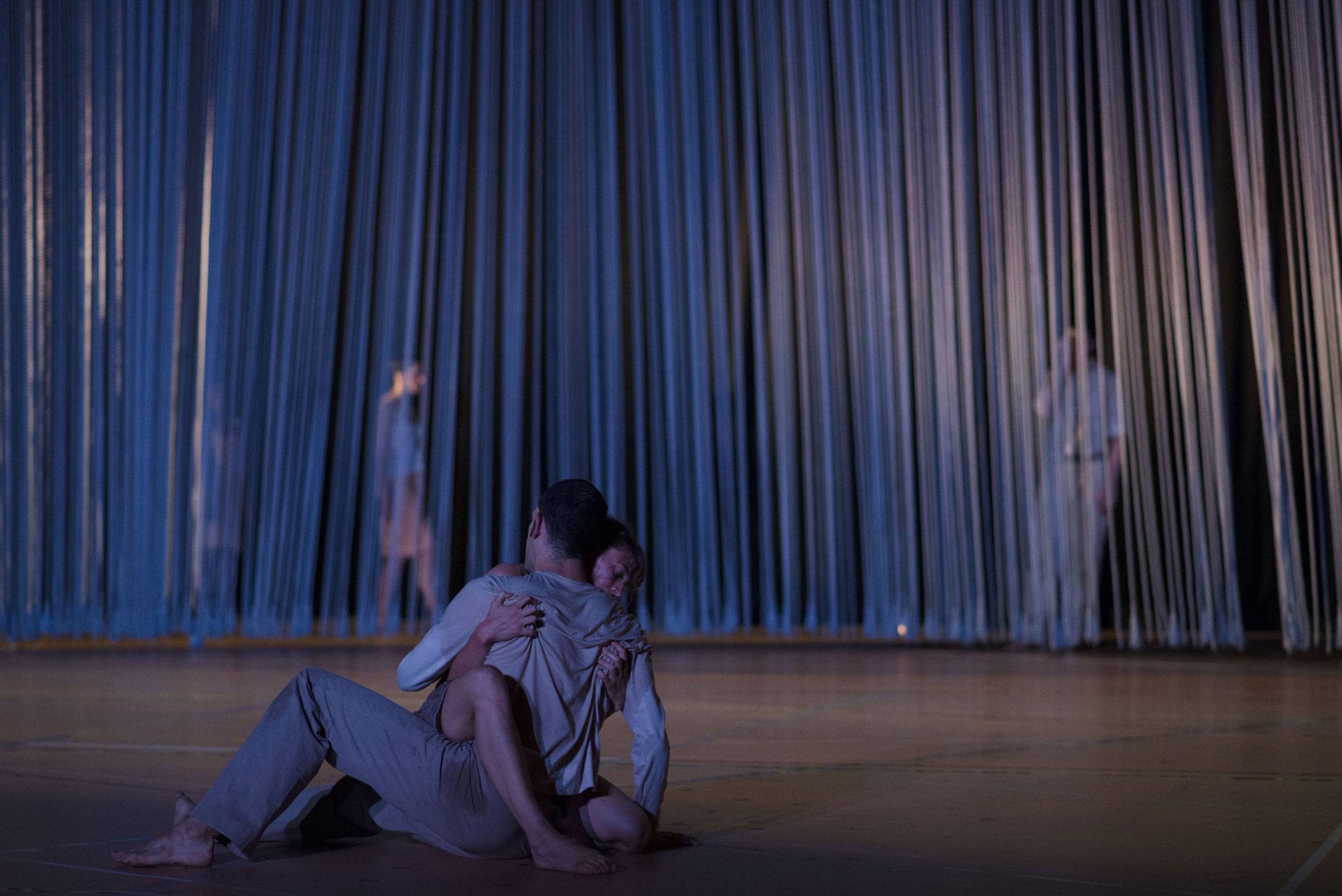
Be swept away from feelings of vitality and melancholy
Rain is linked with a precedent work as its theatrical antipode: In Real Time (2000). One of the materials in this creation was Rain (1994), a novel by an author from New Zealand, Kirsty Gunn. The text describes life-saving techniques from the perspective of a young woman who is trying to reanimate her younger brother who drowns in a lake.
Rain is linked with a precedent work as its theatrical antipode: In Real Time (2000). One of the materials in this creation was Rain (1994), a novel by an author from New Zealand, Kirsty Gunn. The text describes life-saving techniques from the perspective of a young woman who is trying to reanimate her younger brother who drowns in a lake.
What attracted De Keersmaeker to the text is a subtle metamorphosis of an objective medical description into an intensive emotional realization that life is lost, and that there is no way of bringing the dear person back to life. The accident of drowning endows water with the notions of flow, danger, and melancholy as a response to a feeling of loss. Mentioning “rain” in the title was keeping the trace of a loss and acceptance of the impossibility of revival.
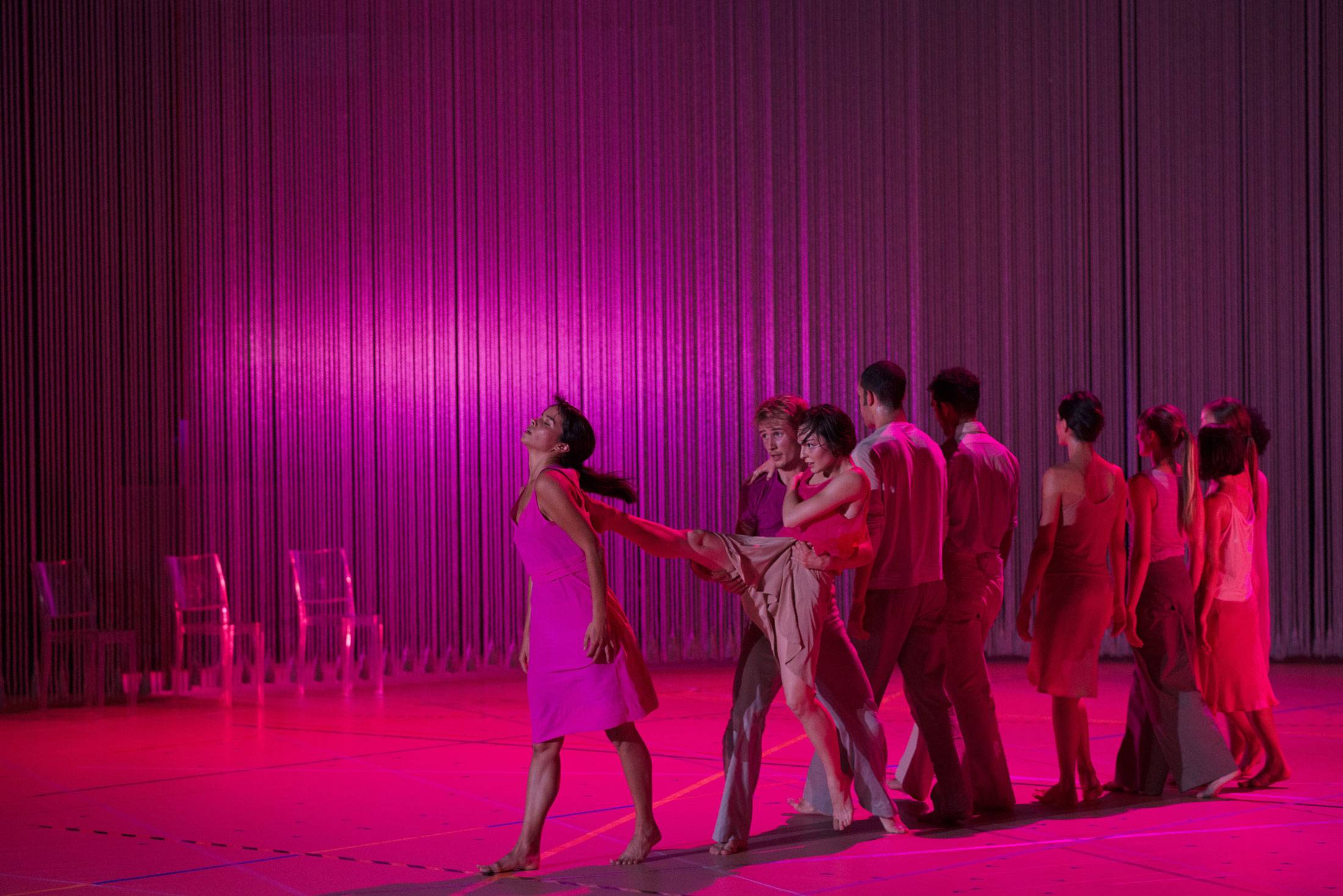
Team Structure
Choreography: Anne Teresa De Keersmaeker
Choreography: Anne Teresa De Keersmaeker
Danced by: Laura Bachman, Léa Dubois, Anika Edström Kawaji, Zoi Efstathiou, Yuika Hashimoto, Laura Maria Poletti, Soa Ratsifandrihana, José Paulo dos Santos/Frank Gizycki, Robin Haghi/Lav Crnčević, Luka Švajda/Thomas Vantuycom
Music: Music for 18 Musicians, Steve Reich
Set and lighting design: Jan Versweyveld
Costume design: Dries Van Noten
Premiere: 10.01.2001, De Munt / La Monnaie (Brussel/Bruxelles)
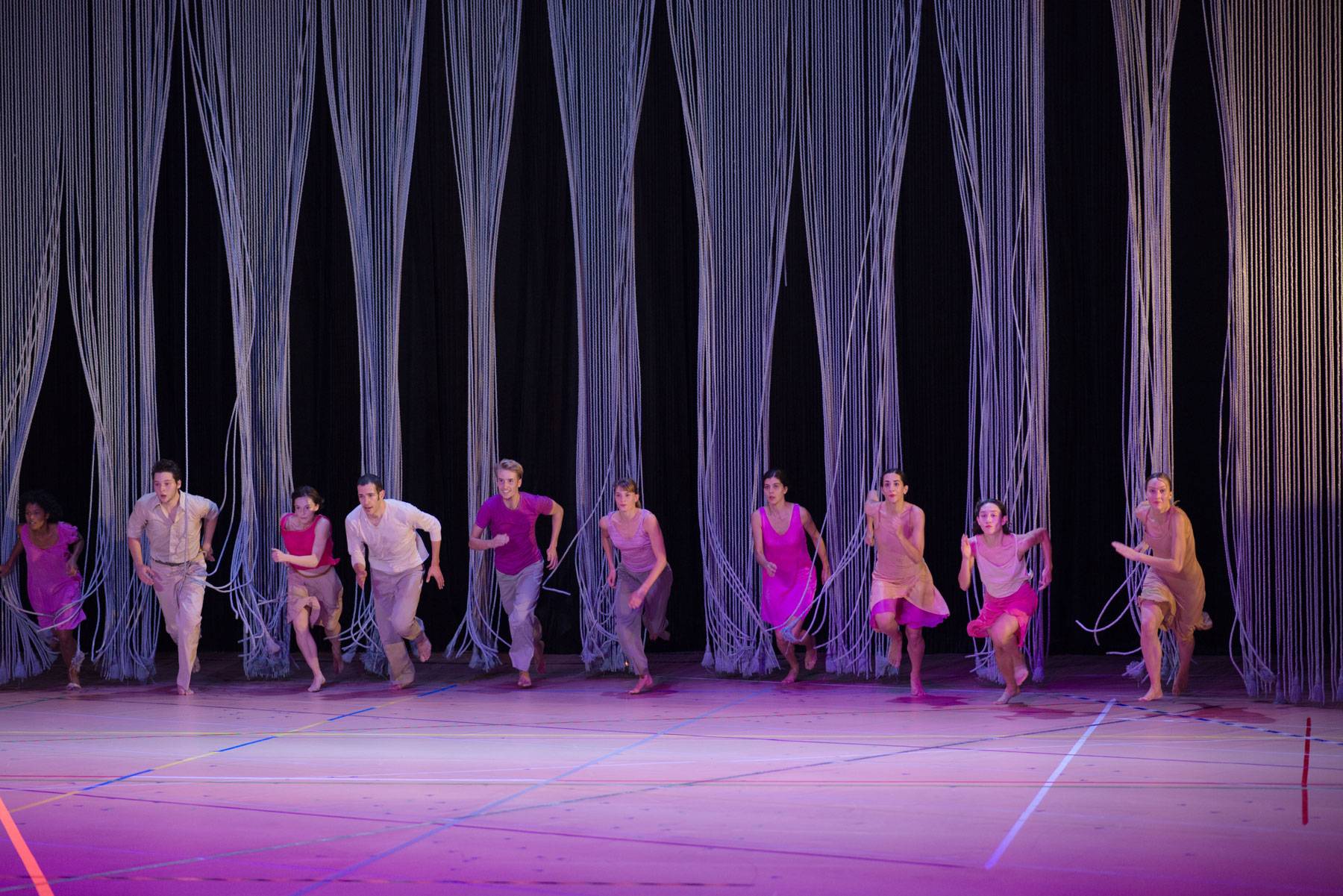
About Rosas
Rosas is the company of the choreographer and dancer Anne Teresa De Keersmaeker. It was founded in 1983 during the creation of the piece Rosas danst Rosas. Since her debut in 1982 with Fase, Four Movements to the music of Steve Reich, De Keersmaeker has been engaged in a rigorous exploration and articulation of movement, from its simplest forms to its most complex.
Rosas is the company of the choreographer and dancer Anne Teresa De Keersmaeker. It was founded in 1983 during the creation of the piece Rosas danst Rosas. Since her debut in 1982 with Fase, Four Movements to the music of Steve Reich, De Keersmaeker has been engaged in a rigorous exploration and articulation of movement, from its simplest forms to its most complex.
The relationship between movement and music is essential to De Keersmaeker’s concept of dance. Rosas has expanded the art of dance as an act of writing movements in space and time, and has over the years explored choreography in partnership with other compositional forces, namely music, geometry, the visual arts, and language.
Rosas is supported by the Flemish Community and by the BNP Paribas Foundation.
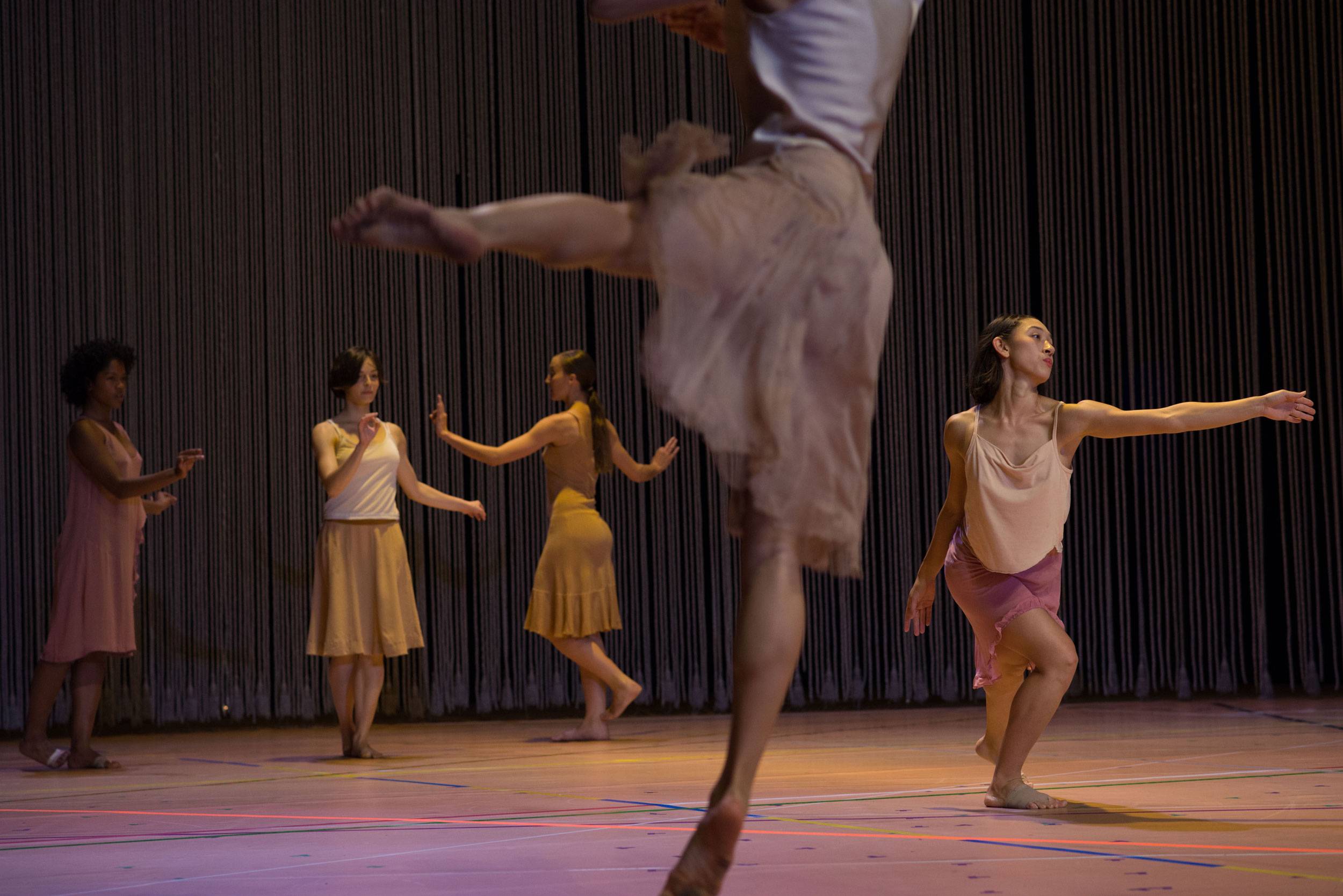
ANNE TERESA DE KEERSMAEKER
De Keersmaeker established the dance company Rosas in Brussels in 1983, while creating the work Rosas danst Rosas. Since these breakthrough pieces, her choreography has been grounded in a rigorous and prolific exploration of the relationship between dance and music.
De Keersmaeker established the dance company Rosas in Brussels in 1983, while creating the work Rosas danst Rosas. Since these breakthrough pieces, her choreography has been grounded in a rigorous and prolific exploration of the relationship between dance and music.
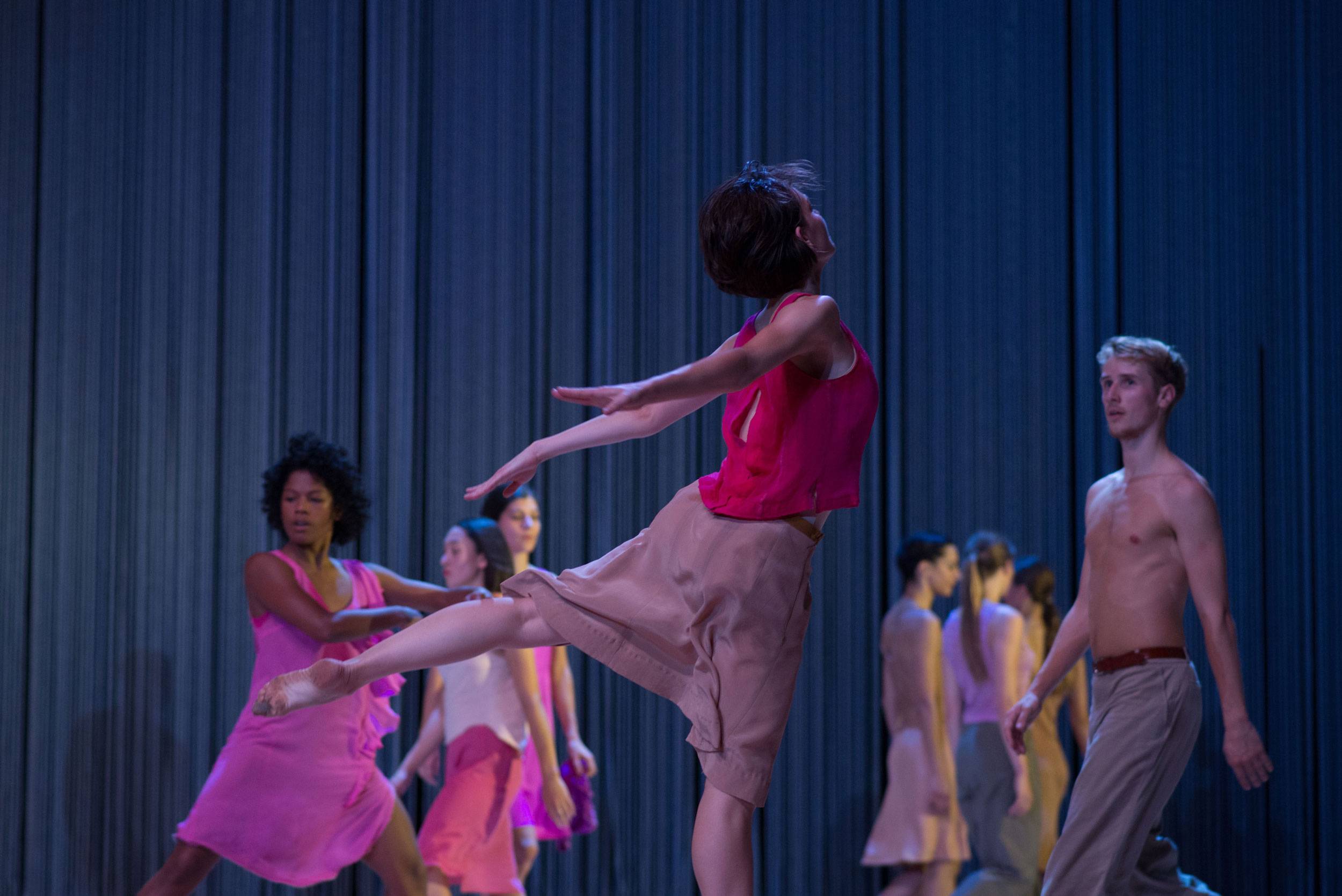
She has created with Rosas a wide-ranging body of work engaging the musical structures and scores of several periods, from early music to contemporary and popular idioms. Her choreographic practice also draws formal principles from geometry, numerical patterns, the natural world, and social structures to offer a unique perspective on the body’s articulation in space and time.
Notice
Dates: May. 4 (Sat.) - May. 5 (Sun.) @ 19:30
Duration: 70 mins
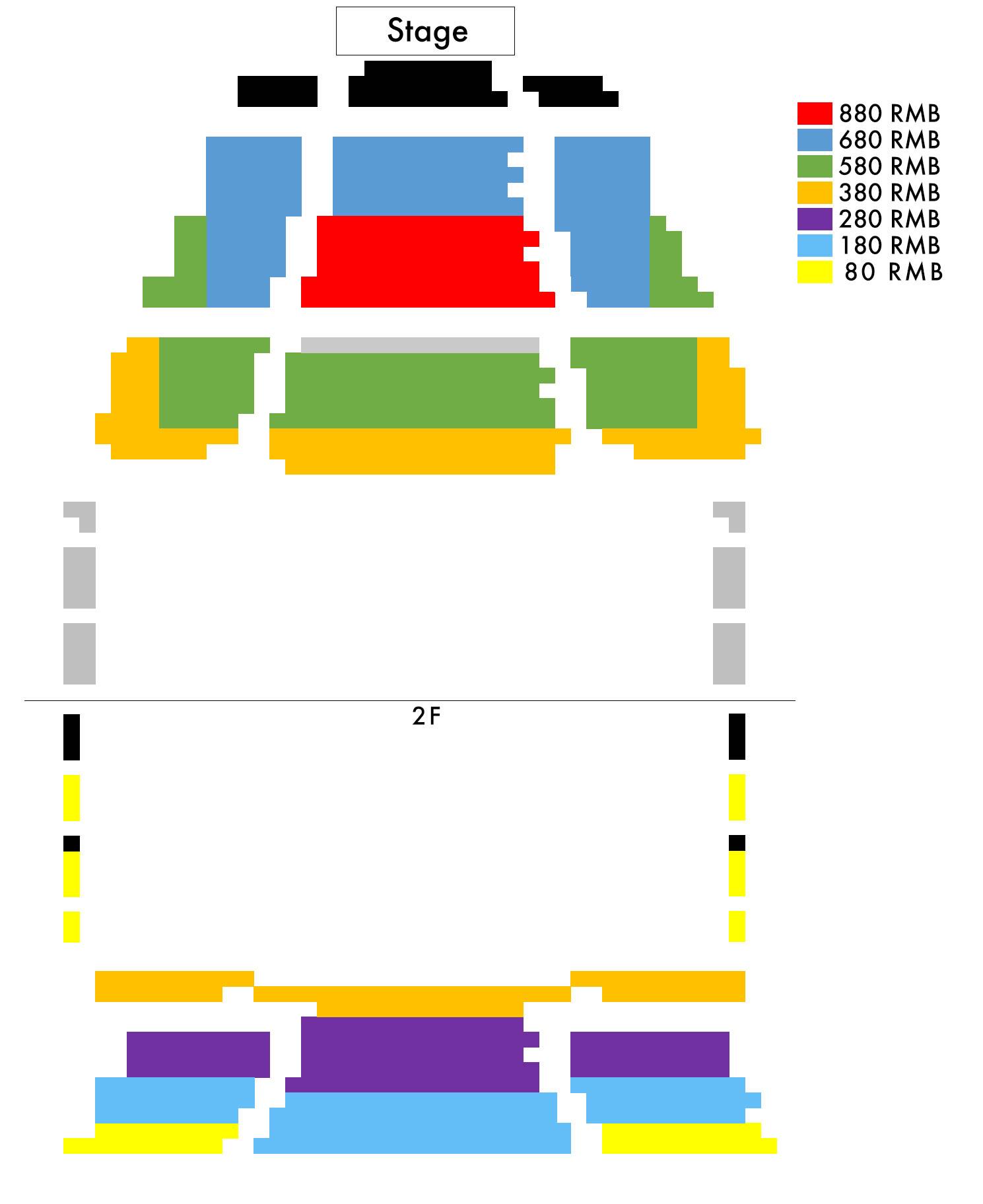

Follow our WeChat for event news, deals, gossip and more!
Book Now
Anne Teresa De Keersmaeker / Rosas - Rain
Venue:
Shanghai International Dance Center Grand Theater
1650 Hongqiao Road Changning Shanghai
Date:
5/4/2019 - 5/5/2019
This ticket is only available as a paper ticket
After you have joined the waiting list, you will be notified if tickets become available via SMS.
© 247tickets 2020 沪ICP备19024898号-2

 Add us on WeChat to speak to our friendly customer service team! ID: Tickets247Tickets
Add us on WeChat to speak to our friendly customer service team! ID: Tickets247Tickets